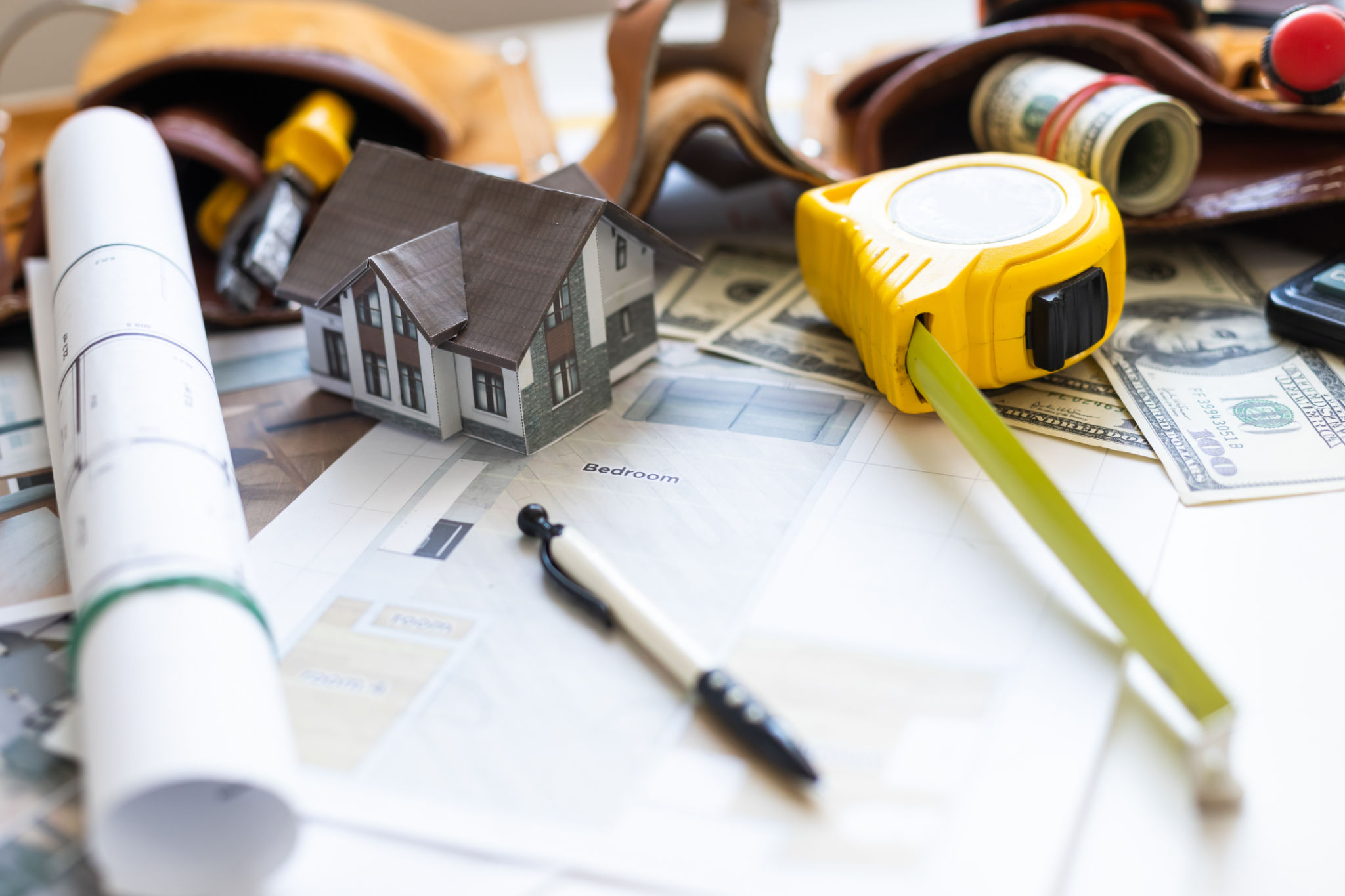The Ultimate Guide to Preventive Home Maintenance
Understanding the Importance of Preventive Home Maintenance
Owning a home is not just about enjoying your personal space; it's a long-term investment that requires regular care. Preventive home maintenance is crucial for keeping your property in excellent condition and ensuring its value appreciates over time. By addressing potential issues before they escalate, you can avoid costly repairs down the road.
Taking a proactive approach helps maintain the functionality of your home systems and improves the overall safety of your living environment. This guide will provide you with essential tips and strategies to implement a successful preventive maintenance plan.

Setting Up a Maintenance Schedule
A well-structured maintenance schedule is the backbone of effective home care. Start by categorizing tasks into monthly, seasonal, and annual checklists. This ensures that no aspect of your home is overlooked and that maintenance tasks are completed regularly.
Monthly tasks might include checking HVAC filters, inspecting fire extinguishers, and cleaning kitchen exhaust fans. Seasonal tasks, on the other hand, could involve gutter cleaning, roof inspections, and preparing your home for changing weather conditions.
Creating a Customized Checklist
Every home is unique, which means your maintenance checklist should be tailored to fit your specific needs. Consider factors such as the age of your home, local climate, and any previous issues you've encountered. A personalized checklist will help you stay organized and ensure that no crucial task is missed.

Essential Exterior Maintenance
The exterior of your home is constantly exposed to the elements, making regular inspections vital. Start by examining the roof for missing or damaged shingles and ensuring gutters are clear to prevent water damage. Pay attention to the condition of your home's siding and foundation as well.
Landscaping is another critical aspect of exterior maintenance. Overgrown trees and shrubs can damage siding and roofs or interfere with power lines. Regular trimming not only enhances curb appeal but also safeguards your home's structure.
Protecting Your Home's Foundation
Your foundation supports the entire structure of your home, so it's essential to keep it in good condition. Look for cracks or signs of water pooling near the foundation, which could indicate drainage issues. Installing proper drainage systems can help protect against water damage and maintain a stable foundation.

Interior Systems Maintenance
Inside your home, various systems require regular attention to function efficiently. This includes plumbing, electrical systems, and HVAC units. Check for leaks in pipes and faucets, test smoke detectors monthly, and schedule annual inspections for your heating and cooling systems.
Regularly servicing these systems not only extends their lifespan but also ensures that they operate safely. For instance, replacing air filters in your HVAC system can improve indoor air quality and reduce energy consumption.
Ensuring Electrical Safety
Electrical safety is paramount in maintaining a secure home environment. Routinely inspect cords and outlets for damage, and never overload circuits. If you notice flickering lights or frequently tripped breakers, it may be time to consult a professional electrician to assess the system.

Conclusion: The Benefits of a Proactive Approach
By adopting a proactive approach to home maintenance, homeowners can enjoy peace of mind knowing their property is well-cared for. Regular preventive measures not only safeguard against unexpected repairs but also enhance the overall quality of life within the home.
Embrace preventive maintenance as an ongoing part of homeownership to ensure your property remains a safe, efficient, and valuable asset for years to come.
